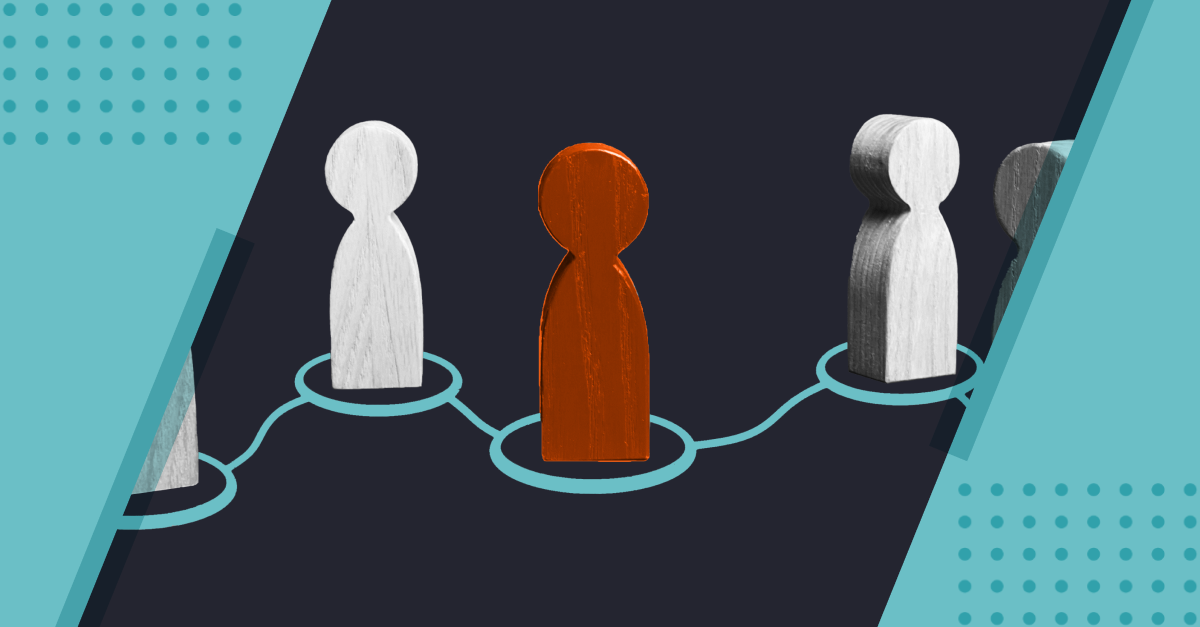
We focus so much energy on attracting new customers, converting prospects, and nurturing leads into buyers. And rightly so. Acquiring new customers is essential for growth, is incredibly satisfying, plus, it’s a great morale booster.
But it's easy to get caught up in the excitement of chasing that next new contact which is very often short-lived - especially if the customer doesn't stick around very long.
Acquiring a new customer takes a lot of energy, resource, and cost, so if they don't stick around, it can be hard to see a return on investment.
Retaining those customers will be one of the most important components of your customer service strategy if you want to sustain your brand's growth and longevity. I’m not saying customer acquisition isn’t important. But you should ensure you're prioritising customer retention.
Here’s why:
Sense of community
Loyal customers will help promote a sense of community, which is a whole avenue in itself for creating authentic brand exposure and authority. When long-term customers become familiar with your culture, your values and your employees, they will be more willing to participate in customer centric activities such as user-generated content, events, and engaging with online (and offline) communities.
This opens up new promotional avenues. For example, they may be willing to share positive experiences with your brand in the form of a case study, as part of a podcast or even a video.
Creating a sense of community around your brand is a unique selling point that can reassure potential customers that others consider you a trusted advisor and supplier. And as they connect with others in the community they will feel like a part of something bigger, making them more likely to stick around and commit long-term.
Brand advocates
Existing customers will help you gain new customers if they become advocates for your brand. But the only way to do this is by consistently exceeding their expectations, tailoring your communications, and making them feel valued.
When other people trust your brand, prospects view this as more meaningful than clever corporate messaging or sales jargon. The role of social proof in conversions, influencer marketing and the sheer success of social media communities are all indicators of this social bias.
Securing brand advocates will be integral to achieving a healthy brand image and loyal brand community. A brand advocacy program will also increase word of mouth marketing and encourage existing customers to share positive experiences and spread recommendations, taking much of the work out of your hands.
They spend more
According to Localytics, the more loyal a customer is, the more they are likely to spend.
Monetisation opportunities increase with engagement, so keeping in touch is essential. Identify your VIP customers and segment them so that you can tailor messaging accordingly. Don't forget the power of personalisation. These are the valuable regulars, the big spenders, the long-term loyal advocates.
Don’t let their loyalty lure you into a place of complacency.
You can delight your existing customers by entering them into workflows that provide them with relevant and timely content, rewarding their loyalty and fulfilling their needs using your understanding of their challenges and recent activity. Advances in technology make it is easier than ever to create personalised communications for all of your customers.
Without consistent communications you risk disconnection and detachment. And if your VIP customers are investing a significant amount into your business, they expect this to be recognised and rewarded.
They’re cheaper
Acquiring a new customer is anywhere from 5-25 times more expensive than retaining a new one. And according to the much referenced Pareto principle, 80% of future income will come from 20% of your most loyal customers.
It takes a lot of consistent effort over time to convert a lead into a customer, which costs money. With existing customers, you can eliminate that effort which means the end sale inevitably costs you less. A long-term/repeat customer is therefore more profitable and valuable over the course of time than several one-off customers. So the takeaway here is quality over quantity.
They’re more predictable
Lastly, isn't it nice to know where you are with people? Familiarity and predictability can breed complacency, but on the other hand, you can use this predictability to your advantage.
Over time, you'll naturally notice trends in the behaviours of your regular buyers. And while you don't want to solely come to rely on that, this predictability can help with forecasting, annual planning and future content planning.
This will also help to shape your buyer personas in more detail which will help you understand the wants and needs of future customers, and enable you to align your strategy in accordance.
The more customers you have, the more important retention is.
The 'delight stage', as it's known in the inbound world, is essentially your customer retention strategy. It's how you communicate with existing customers so they they feel valued, recognised and appreciated so that they remain loyal and committed to your brand.



